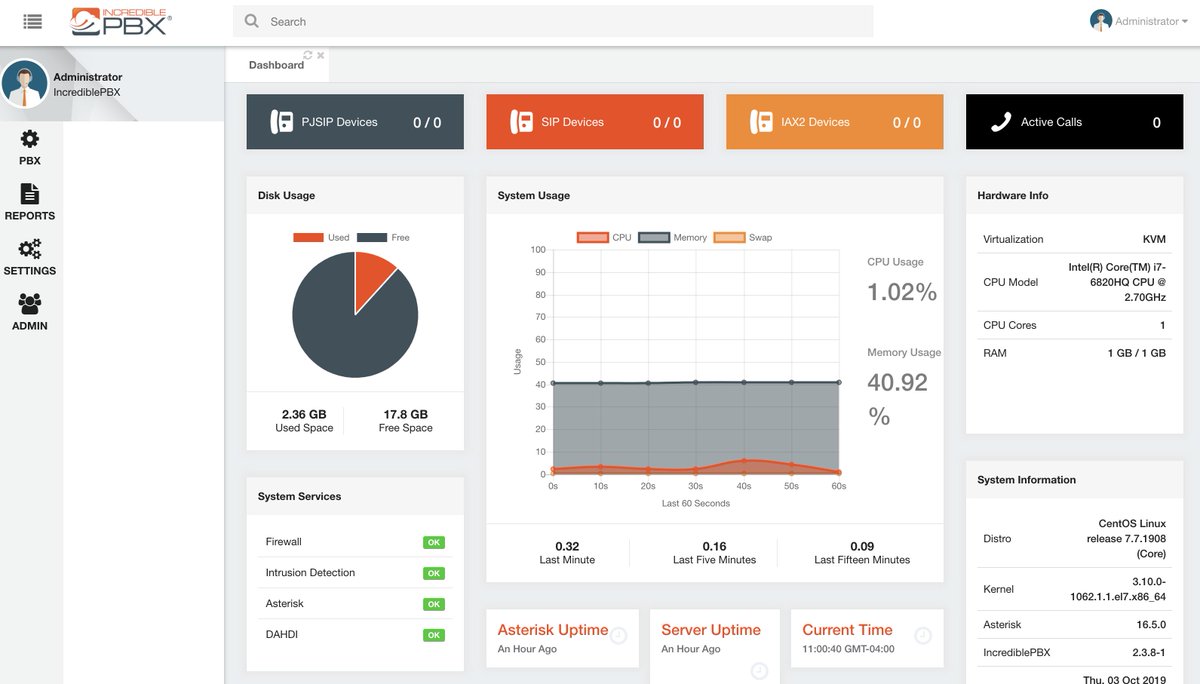Going Public with Incredible PBX 16 and VitalPBX 2.3.8
As part of our ongoing development efforts, we maintain about a dozen honeypot servers across the U.S. and Canada to monitor the latest adventures of the bad guys. Security becomes especially important for those wishing to live on the bleeding edge and deploy a cloud-based, public-facing VoIP server. Today we want to walk you through our latest suggestions to set up and secure a VitalPBX platform using just the built-in FirewallD, IPset, and Fail2Ban components. If you opt to deploy… Read More ›



